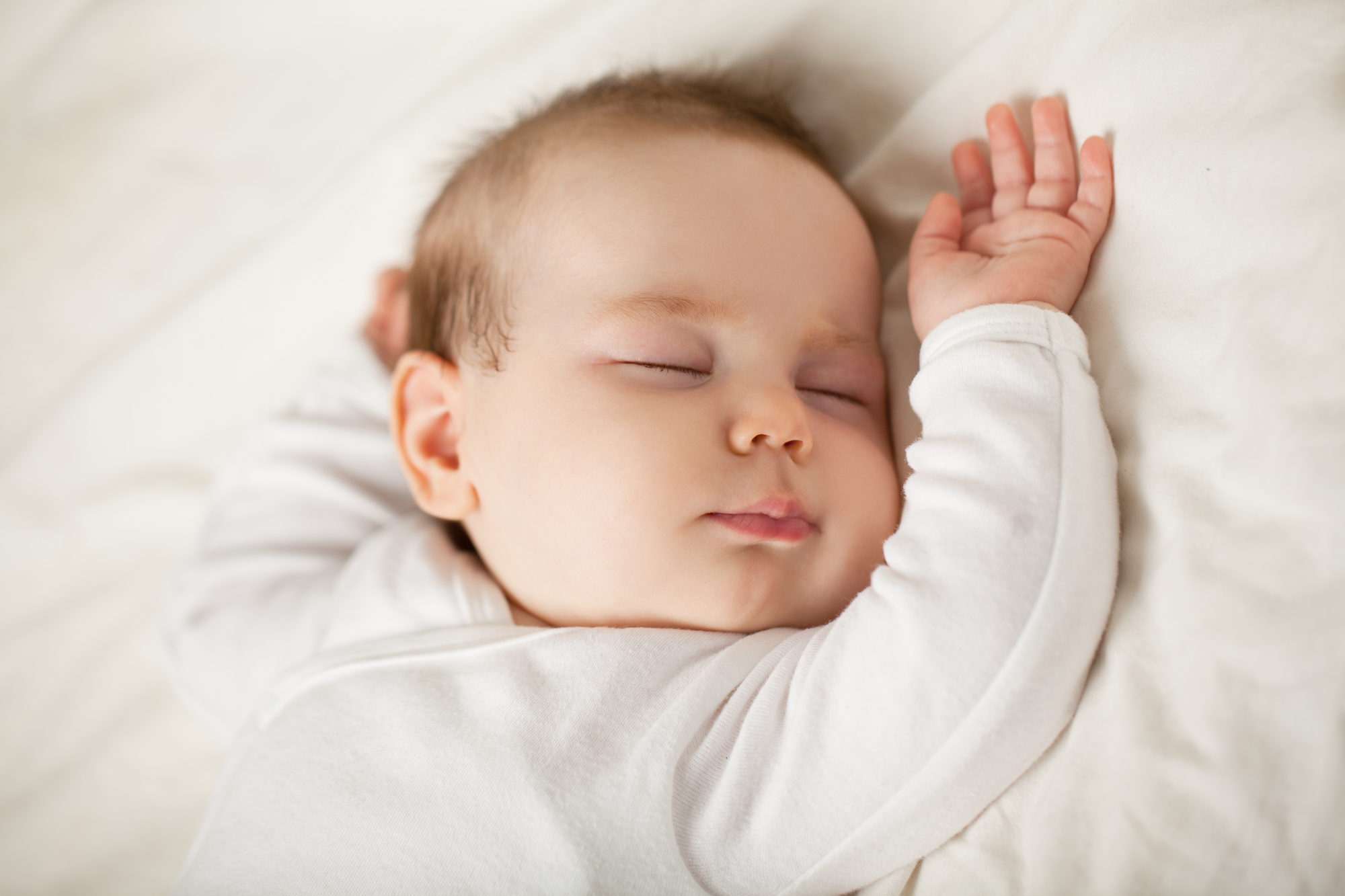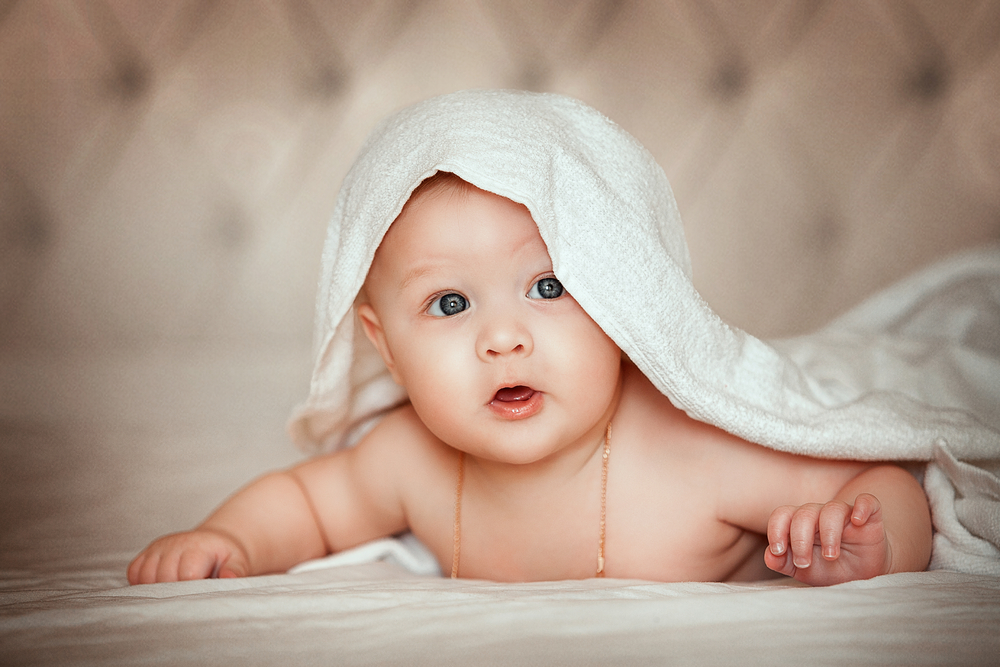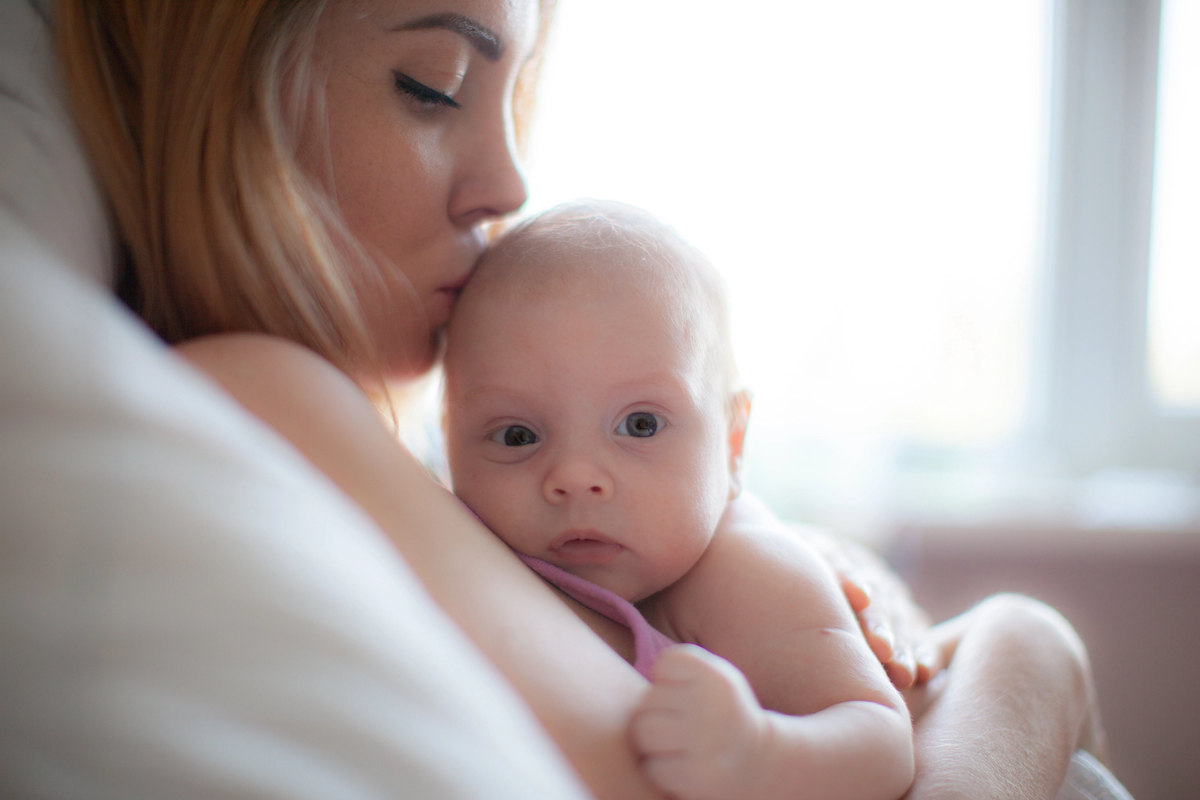All parents want their babies to sleep well and to sleep safely. But some products supposedly designed for infant sleep, actually put babies at risk. Sleep expert Dr. Harvey Karp shares what might be putting your little sleepyhead in danger.
You’d think that every item lining the baby aisle—from prams to rattles—is safe, but the truth is, there are a lot of items on the market that are decidedly not safe for babies. In fact, mandatory safety standards only apply to a very small number of products in Australia! That means that there are a lot of baby sleep products being sold today that can increase a baby’s risk for sudden unexpected death in infancy (SUDI). For help keeping your precious bundle safe while sleeping, I recommend keeping the following items out of your shopping trolley…and your baby’s room.
Inclined sleepers:
Rocking sleepers, baby “nests,” swings, bouncers—no matter what they’re labeled—any inclined baby sleep surface that elevates your bub’s head and shoulders from 10 to 30 degrees is dangerous. When on a slope, babies tend to snooze in a chin-to-chest position, which can easily obstruct their airways. (A baby’s big head and weak neck muscles make it too hard for them to move to a safe position.) Even though roughly two babies die each year while using inclined sleepers in Australia, they’re still readily available. (The United States and New Zealand have already banned these dangerous products.)
Sleep positioners or pods:
Have you seen those baby sleep mats that feature “bolsters,” or raised supports or pillows, attached to each side? What about those padded docks that are supposed to be used in or out of the bassinet or cot, keeping babies snuggly? Neither of these items are safe for infant sleep! Babies’ little faces can become pressed against a sleep pod or positioner, causing suffocation. Parents need to know that these types of products have no safety standards—and manufacturers are under no obligation to ensure that these items are safe to sell.
Cot bumpers:
Cot bumpers are touted as a way to prevent babies from banging their wee heads against the side of a crib—and as a way to keep tiny limbs from getting stuck in cot slots. But research shows that cot bumpers not only don’t prevent serious injury, they can cause injury…or worse. If a baby’s face presses against the bumper, it can restrict air flow, causing suffocation. Infants can also become wedged between bumper and the crib or wind up with the bumper tie around their neck. Padded cot bumpers have been linked to more than 100 infant deaths in the United States, which is why America recently passed The Safe Sleep for Babies Act, prohibiting the manufacture and sale of cot bumpers. Unfortunately, cot bumpers are still widely available in Australia.
Pillows:
Babies should never sleep with a pillow until they’re at least 2 years old…and that goes for so-called head-shaping baby pillows, too. Baby pillows that claim to sidestep flat-head syndrome pose the same suffocation risk to your sleeping baby as any other soft bedding, including loose quilts and padded cot bumpers. And “regular” pillows can tip a baby’s chin onto their chest, potentially causing a slow suffocation known as positional asphyxiation. At the same time, Baby can roll into a pillow, and then not be able to roll away, and suffocate.
Portable cots:
Safe sleep must remain a priority even when on holiday, which means ensuring your travel cot is risk-free. Unfortunately, more than two-thirds of portable cots recently tested failed to meet both voluntary and mandatory Australian safety standards. The most common safety offense involved too-soft cot mattresses and mattresses that did not fit snugly inside the portable cot base. Soft mattresses increase a baby’s chance of suffocation and ill-fitting mattresses can put a baby at risk for entrapment. If you’re using a portable cot, make sure the mattress is firm, thin, and well-fitting—and never add a second mattress.
Weighted sleep sacks and blankets:
Weighted sleep sacks are all over social media these days with claims of extended infant sleep, but there’s actually very little research on the safety of weighted blankets or sleeping bags for babies, particularly when children are sleeping. That’s why Red Nose warns new parents to never use these types of products with their vulnerable infants. Weighted sleeping sacks and weighted blankets (aka sensory or calming blankets) can compress a little one’s chest, interfering with breathing—and they can lead to overheating, a well-known risk factor for SUDI.
Baby blankets:
Blankets—whether over your baby or under your baby, tucked in or not—have no place in a cot. While my recommendation (and the recommendation of the American Academy of Pediatrics) differs ever-so-slightly from the Australian safe sleep recommendations, know that all parties agree that soft, loose bedding is a proven SUDI risk factor. If you are worried about your baby catching a chill, dress them in a sleeping bag, a sleep sack, or a sleepsuit—and if they are not rolling yet, a swaddle blanket.
The bottom line: While there are many baby sleep products on the market, so few are necessary—or safe—for your little dreamer’s first year. The best way to keep your baby sleeping safely is to avoid all the above—and always follow these safe-sleep rules: Place your little one on their back in their own baby cot that has a well-fitting, firm, flat mattress. Keep their sleep space free of all loose or soft items and keep hats off your snoozing baby’s head. Breastfeed if you can and room-share for at least 6 months. Don’t smoke. And think about introducing a dummy—the rare baby product that has been associated with reducing the risk of SIDS. Finally, consider SNOO, my smart bassinet, which is the only baby bed that keeps babies on their backs all sleep long, reducing risky rolling. To date, babies have slept for nearly 400 million hours in SNOO—a bed so safe that over 100 hospitals all over the world trust it with their tiniest patients.









